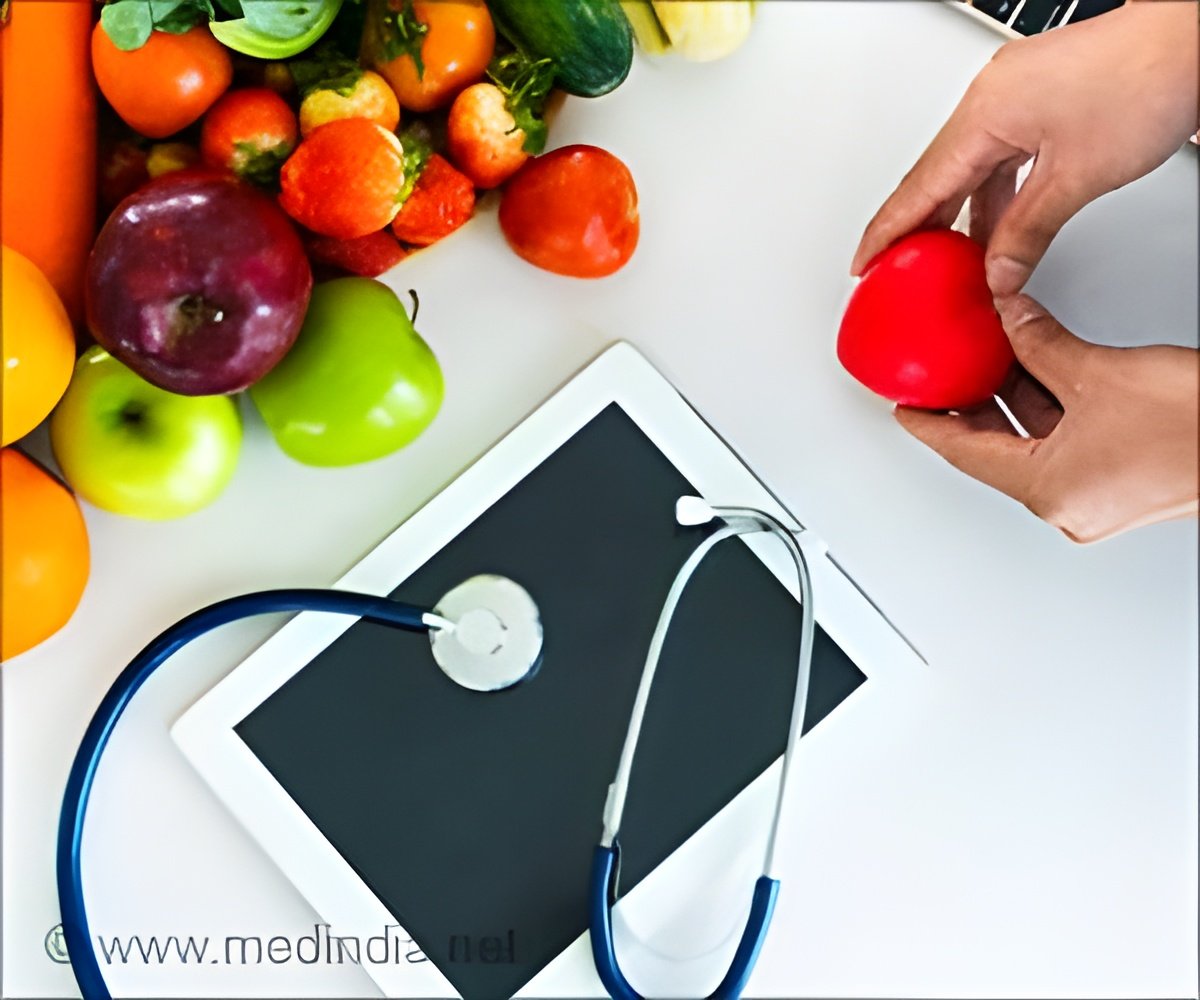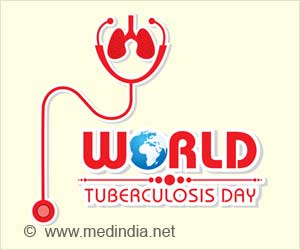
A program offering 16 weeks of free, weekly home delivery of fresh produce resulted in significant dietary and lifestyle changes, including increased fruit and vegetable consumption and higher physical activity levels.
This further led to improved blood sugar control and reduced bad cholesterol levels one year later, according to preliminary research to be presented at the American Heart Association’s Epidemiology and Prevention│Lifestyle and Cardiometabolic Scientific Sessions 2024 in Chicago (1✔ ✔Trusted Source
Free, weekly fresh produce improved diet, physical activity, and reduced CVD risk factors
).
Malnutrition affects people of all ages, with over 820 million people worldwide suffering from chronic undernourishment, as reported by the Food and Agriculture Organization of the United Nations (FAO).
#nutrition #freshproduce #physicalactivity #bloodsugar
’
The meeting offers the latest science on population-based health and wellness and implications for lifestyle.
“We all know that eating healthier foods, like fruits and vegetables, is good for you, however, sometimes we focus too much on finding a simple solution rather than taking small, preventative measures to improve health,” said lead study author Lisa Goldman Rosas, Ph.D., M.P.H., an assistant professor in the department of epidemiology and population health and the department of medicine at Stanford School of Medicine in Palo Alto, California.
“Food as Medicine’ programs, such as the Recipe4Health program we studied, aim to shift the focus to ensuring a healthy diet including fresh fruits and vegetables is consistently accessible and affordable to all people to help improve health outcomes.”
Effects of Produce Delivery Programs
Recipe4Health is a program in Alameda County, California, that provides free, weekly deliveries of locally grown produce to adults who receive health care at one local Federally Qualified Health Center.
For 16 weeks, participants received free home delivery of approximately 16 servings of fresh fruits and vegetables. The health centers are federally funded, nonprofit facilities providing health care to people in communities that are medically underserved.
Researchers surveyed participants about their diet, physical activity, and their level of food insecurity before and after the 16-week program of free produce delivery.
Advertisement
To assess food insecurity, the questions included, for example, how often they run out of food and how often they lack money to buy more food.
Analysis of the participants’ survey responses found that at the end of the 16-week free produce program, they had:
Advertisement
increased their fruit and vegetable consumption by almost ½ of a serving per day;
increased their physical activity by almost 42 minutes per week; and
less food insecurity – decreasing from 59% reporting food insecurity at enrollment to 48% after the 16-week program ended.
The American Heart Association recommends that individuals consume four to five servings of vegetables and fruits each day and engage in at least 150 minutes of moderate-intensity physical activity each week.
“I was really excited to see that providing patients with a modest amount of locally grown produce resulted in improvements in food insecurity, diet, and indicators of cardiovascular health. This study took place during the COVID-19 pandemic, when many of these outcomes were worsening, especially among patients receiving care at Federally Qualified Health Centers that were disproportionately impacted,” Rosas said.
In a second analysis, researchers analyzed changes in cardiovascular disease risk factors one year after the free, fresh produce program began, which ended after 16 weeks.
When comparing Recipe4Health participants with adults receiving care at other Federally Qualified Health Centers in the same county that had not instituted the free produce deliveries, researchers found that, after one year, participants in the free produce program had:
- Significantly higher reductions in non-HDL cholesterol (total cholesterol minus “good” high-density lipoprotein cholesterol); the average reduction of non-HDL cholesterol was 17.1 mg/dL. According to the American Heart Association, an optimal total cholesterol level is about 150 mg/dL, with levels of low-density lipoproteins (“bad” cholesterol) at or below 100 mg/DL.
- Participants in the free produce delivery program had an average reduction in HbA1c levels of 0.37%, a reduction lower than what might be seen with a Type 2 diabetes medication in the same time frame, Rosas noted. A healthy range for the level of A1c in hemoglobin is 4% to 5.6%, with a range of 5.7% to 6.4% indicating prediabetes and levels above 6.5% indicating Type 2 diabetes.
- There were no notable changes in blood pressure or body mass index among the produce program participants.
“It is possible that additional strategies are needed to change body mass index and blood pressure. Additional strategies may include behavioral interventions and pharmacotherapy in conjunction with a Food as Medicine program,” Rosas said.
Path to Better Health
Researchers analyzed health information for 5,286 adults in Alameda County, California, half of whom participated in the Recipe4Health program; the average age was 51.
Approximately 68% of participants self-identified as women and 32% self-identified as men. 51% of participants self-identified as Latinx adults, 21% self-identified as Black adults, 11% self-identified as white adults, 8% self-identified as Asian American/Pacific Islander adults, 6% identified as unknown race/ethnicity and 2.5% identified as mixed-race/ethnicity adults. (Percentages do not add up to 100% due to rounding.)
All participants received medical care at a Federally Qualified Health Center in Alameda County, California.
Coronary artery disease had already been diagnosed in 45% of participants when they enrolled, and about half of the total study participants had been diagnosed with high cholesterol.
Some of the Federally Qualified Health Centers implemented the Recipe4Health program to provide 16 free, weekly home deliveries of fresh local produce.
Using electronic health records, changes in cardiovascular disease risk factors over a year were compared between Recipe4Health participants and similar patients, matched for several demographic and health characteristics, receiving care at centers not participating in the Recipe4Health program.
The study had several limitations including small sample sizes for some of the blood test measures, since many participants did not visit the lab during the pandemic.
Additionally, findings about diet and physical activity levels were from surveys completed by Recipe4Health program participants, however, this information was not collected from a control group.
The researchers noted that their future work will involve exploring different strategies for delivering food, evaluating the effects of medically supportive groceries (foods that are approved by a registered dietitian or nutritionist), engaging diverse patient groups, such as those with Type 2 diabetes or cancer, people who live in rural areas and children.
The Association is working to improve access to healthy food among people receiving treatment for chronic health conditions and people at high risk for such conditions.
The Association’s Health Care by FoodTM initiative is investing in research, advocacy, and education to show the clinical benefit and cost-effectiveness of interventions that use food as medicine and are covered by public and private health insurance.
“This research demonstrates the potential for a food prescription, accessible through a health care visit, to improve health outcomes for significant portions of the U.S. population,” said Kevin Volpp, M.D., Ph.D., the Mark V. Pauly Professor at the Perelman School of Medicine and the Wharton School, director of the Penn Center for Health Incentives and Behavioral Economics and research lead for the Association’s Health Care by FoodTM initiative.
“A coordinated research approach is needed to more systematically and rigorously define how well food is medicine interventions prevent and treat disease compared to standard medical care.”
Reference:
- Free, weekly fresh produce improved diet, physical activity, and reduced CVD risk factors
– (https://newsroom.heart.org/news/free-weekly-fresh-produce-improved-diet-physical-activity-and-reduced-cvd-risk-factors?preview=1139&preview_mode=True)
Source-Eurekalert



